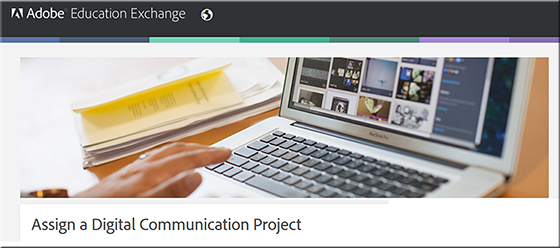Deeper Thinking about Active Learning — from facultyfocus.com by Maryellen Weimer
Excerpts (emphasis DSC):
I keep worrying that we’re missing the boat with active learning. Here’s why. First, active learning isn’t about activity for the sake of activity. I fear we’ve gotten too fixated on the activity and aren’t as focused as we should be on the learning. We’re still obsessed with collecting teaching techniques—all those strategies, gimmicks, approaches, and things we can do to get students engaged. But what kind of engagement does the activity promote? Does it pique student interest, make them think, result in learning, and cultivate a desire to know more? Or is it more about keeping basically bored students busy?
…
Teaching techniques are an essential part of any active learning endeavor. But they aren’t the center or the most important part of student learning experiences. Techniques provide the framework, the structure, the context. What really matters is what we put in the structure—what students are thinking about and sharing when they’re pairing.
…
Larry recommends selecting things that confront students with their ignorance—so they see clearly what they don’t know, can’t understand, don’t see the reason for, or can’t make work. When you’ve got an artifact in front of you, there’s motivation to deal with it.
Think for a moment of what happens when you give most any of those millennial students a new electronic device. Usually, without the instructions and no attention to technique, they start playing with it to see how it works. Do they mess up and make mistakes? Do they give up or worry about looking stupid? Does active learning in our courses look anything like this?
From DSC:
This article reminds me of a great conversation that I had with an elderly gentleman a few months ago. He’s still involved with instructional design, after several decades of related work experiences. He said to me that learners need to truly ***engage*** with the content to make it meaningful to them.
And then I read a quote from Robert Greenleaf’s book, On Becoming a Servant Leader (p. 304), that said:
Nothing is meaningful to me until it is related to my own experience.









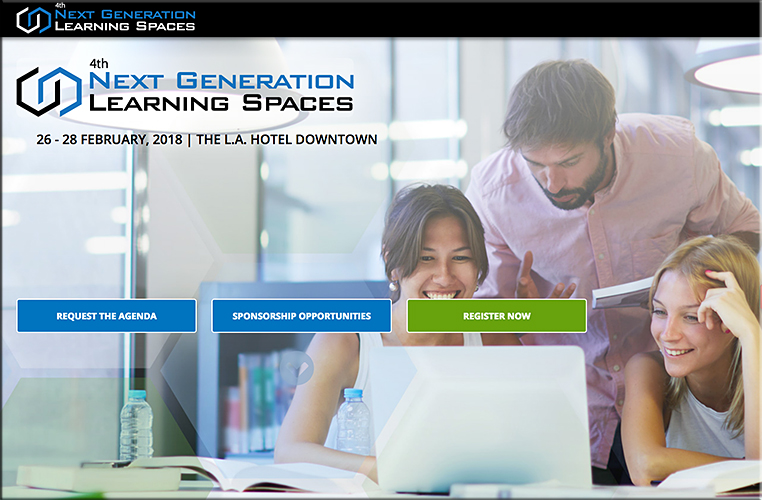
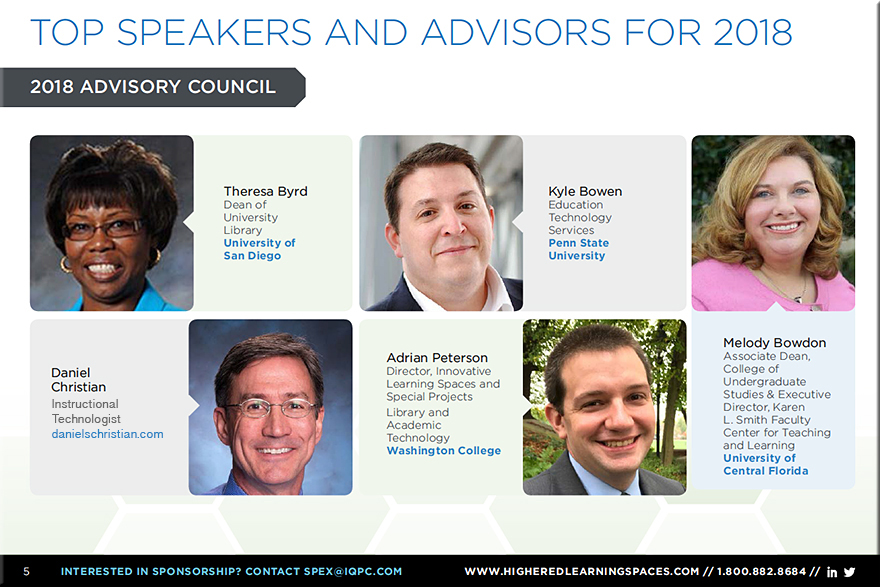
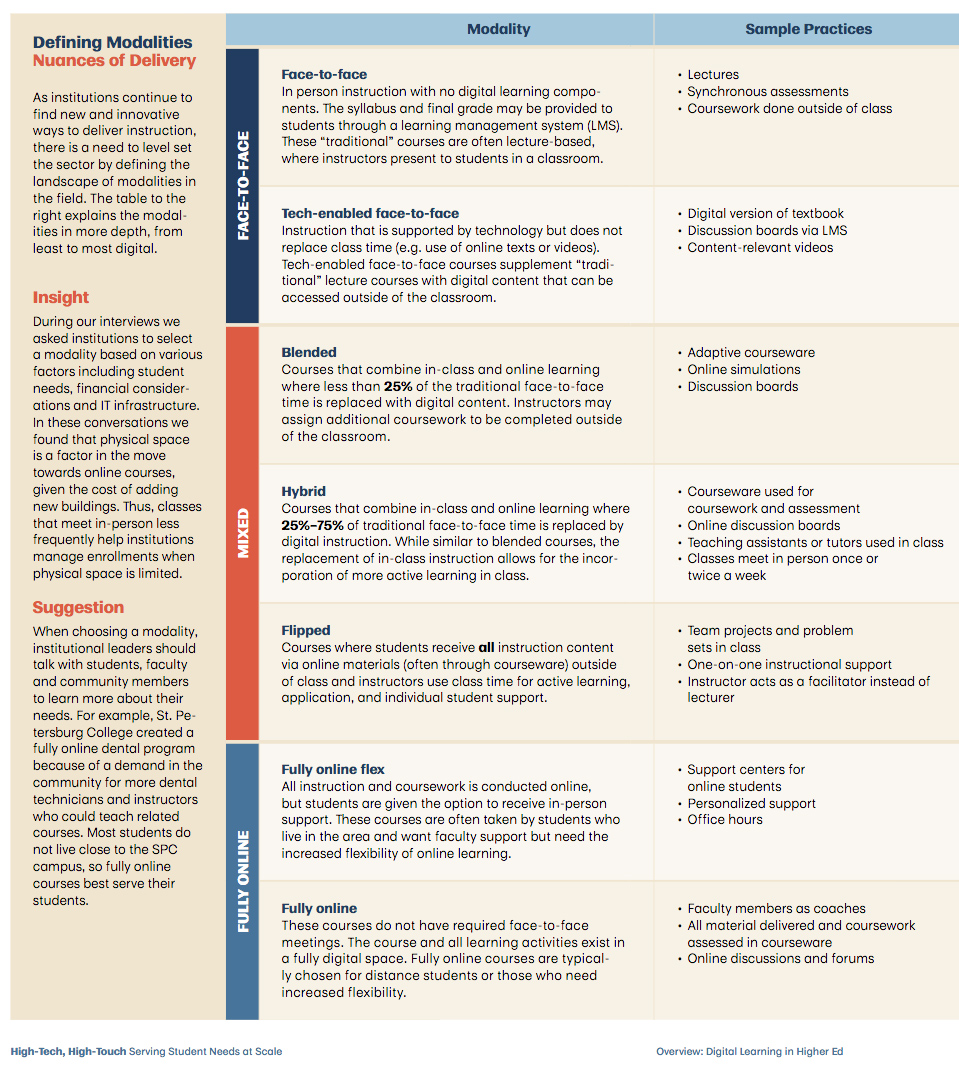
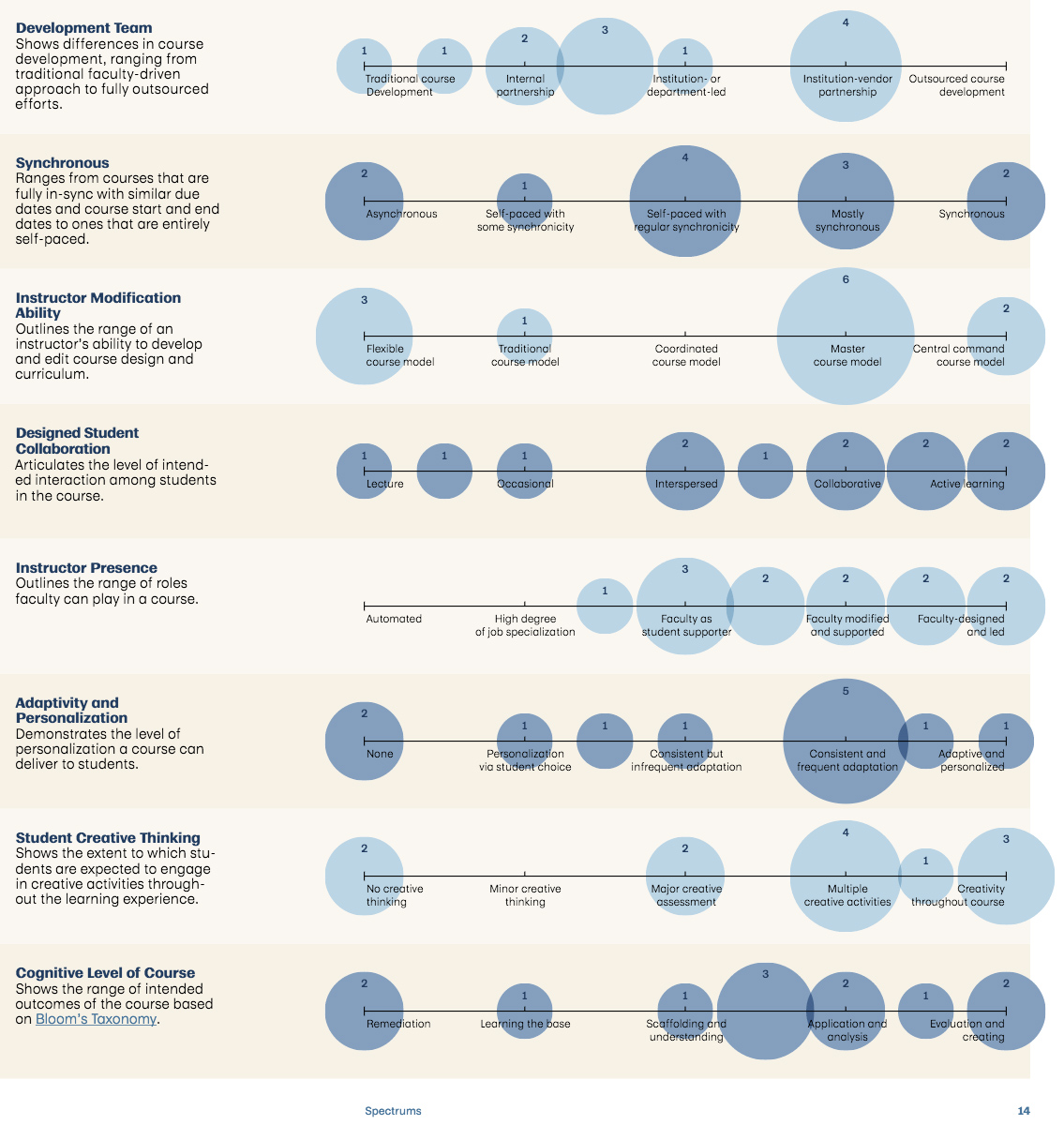
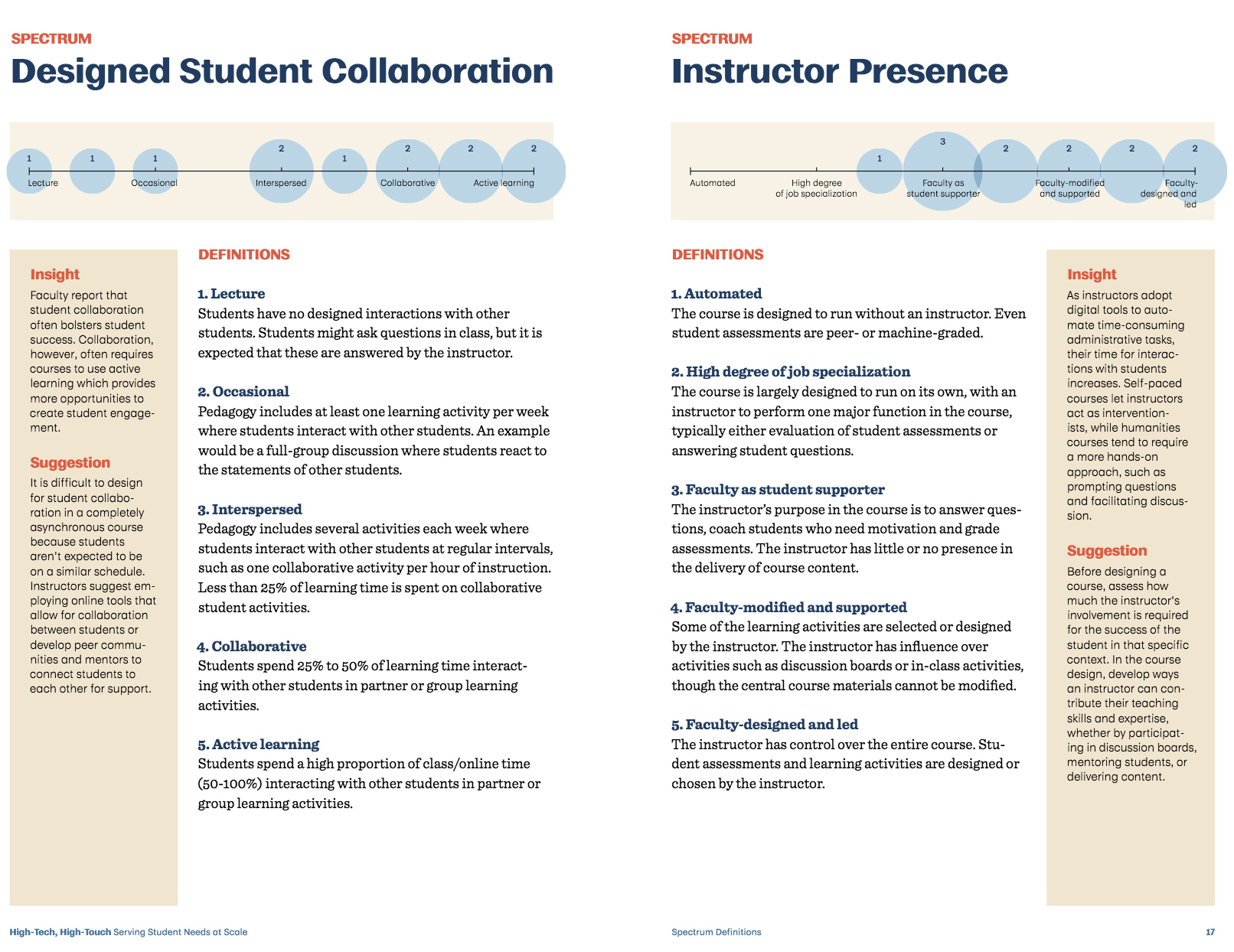

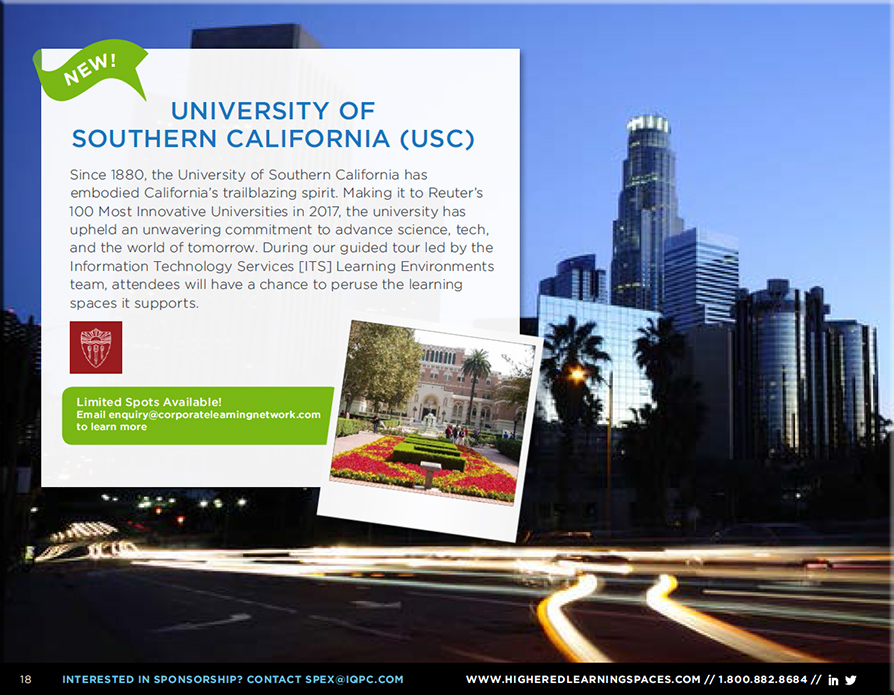
/cdn.vox-cdn.com/uploads/chorus_asset/file/9477517/hpheadset.jpg)
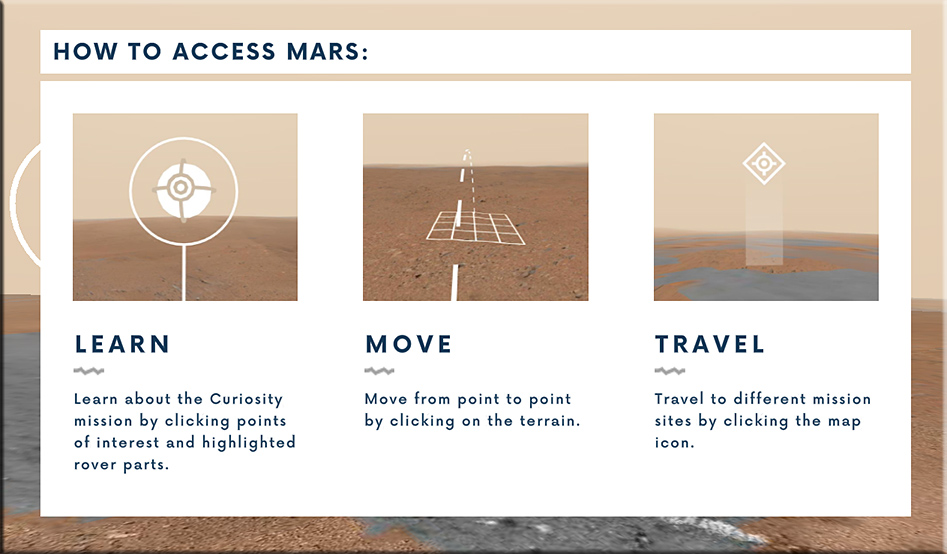

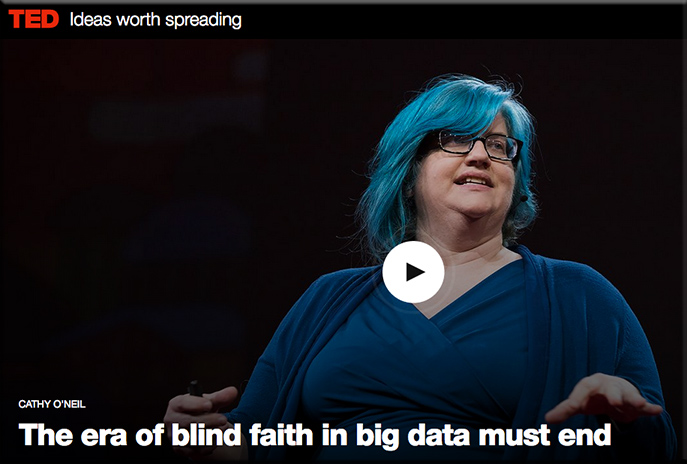
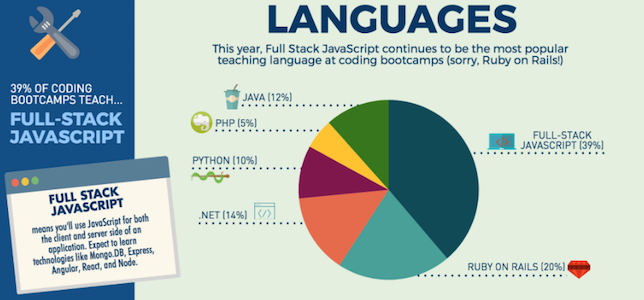
![The Living [Class] Room -- by Daniel Christian -- July 2012 -- a second device used in conjunction with a Smart/Connected TV](http://danielschristian.com/learning-ecosystems/wp-content/uploads/2012/07/The-Living-Class-Room-Daniel-S-Christian-July-2012.jpg)

